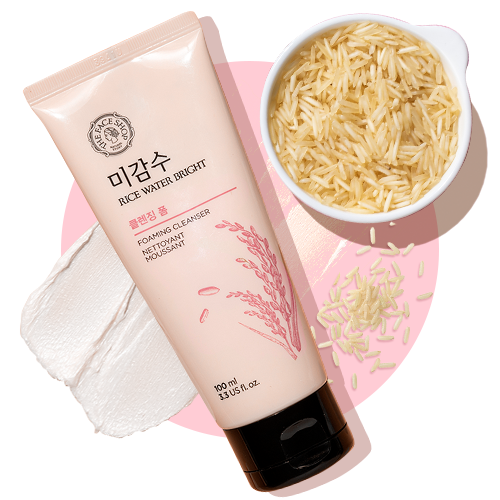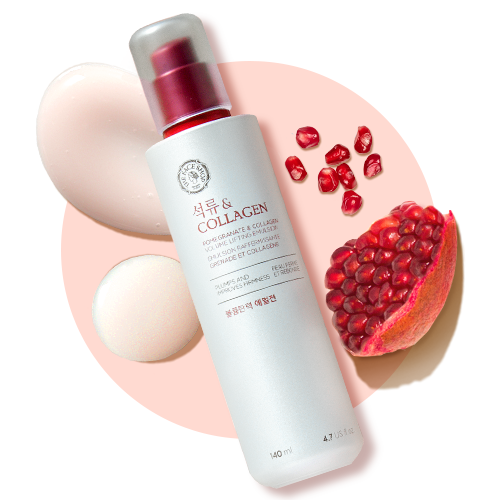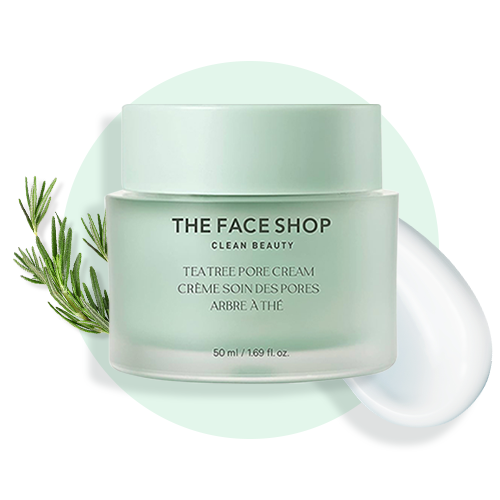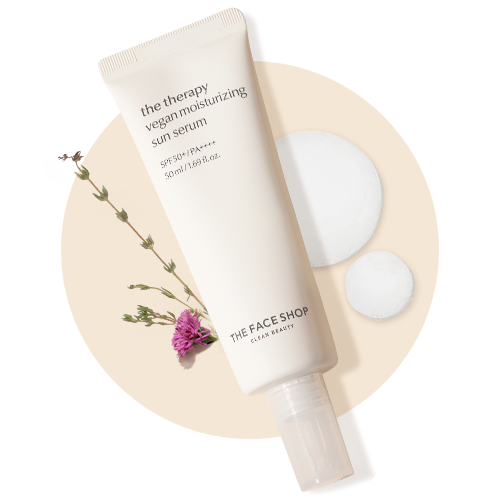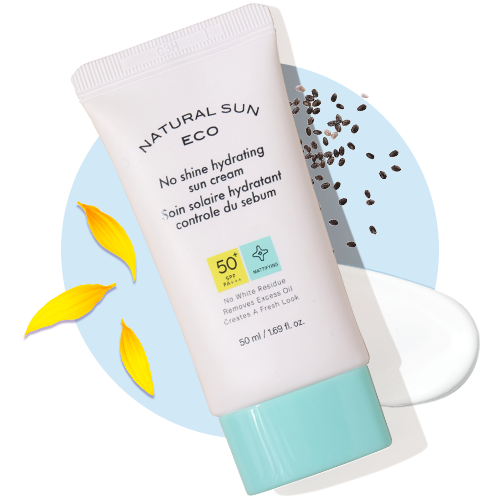If you find yourself frustrated with your skincare routine because you're not seeing the results you've been promised, you're not alone. Despite their best efforts, many skincare enthusiasts face the same conundrum—despite investing in top-tier products, their skin doesn't seem to improve. The culprit? Often, it's not the products themselves, but how we're using them.
Here's the truth: even the most expensive, scientifically-backed ingredients can backfire if applied incorrectly. From hyaluronic acid that leaves your skin drier than before to salicylic acid that causes more irritation than improvement, these common mistakes could be sabotaging your entire routine.
Mistake 1: Applying Hyaluronic Acid on Bone-Dry Skin
The Science: Hyaluronic acid can hold up to 1,000 times its weight in water, making it a hydration powerhouse. However, this moisture-magnet property becomes problematic when there's no external moisture to grab. On completely dry skin, hyaluronic acid will pull water from deeper skin layers, actually leaving you more dehydrated.
The Fix: Always apply hyaluronic acid on damp skin. After cleansing, pat your face with a damp towel or mist with water, then immediately apply your hyaluronic acid serum. Follow with a moisturizer to lock everything in.
Pro Tip: Try [The Face Shop's Rice & Ceramide Moisturizing Combo](https://thefaceshop.in/products/2-step-rice-ceramide-moisturizing-combo) which combines hydrating ingredients in the perfect sequence for maximum absorption.
Mistake 2: Wrong Timing with Salicylic Acid
The Science: Salicylic acid (BHA) works by penetrating oil-filled pores and exfoliating from within. However, its effectiveness depends heavily on pH levels and what you layer it with. Mixing it with certain ingredients like retinoids or vitamin C can cause irritation or neutralize its benefits.
The Fix: Use salicylic acid after cleansing but before moisturizing. Wait 15-20 minutes before applying other products. Never mix it with retinoids in the same routine—use them on alternating nights instead.
Seasonal Consideration: During winter, reduce salicylic acid frequency as your skin barrier is already compromised by cold weather.
Mistake 3: Vitamin E Storage and Oxidation Issues
The Science: Vitamin E is a powerful antioxidant that fights free radicals and supports skin repair. However, it's highly susceptible to oxidation when exposed to light, air, and heat. Oxidized vitamin E not only loses its effectiveness but can actually become pro-oxidant, causing more damage.
The Fix: Store vitamin E products in cool, dark places. Look for products in dark glass bottles or airless pumps. Check for color changes—if your vitamin E serum has turned brown or yellow, it's oxidized and should be discarded.
Mistake 4: Ignoring pH Balance
The Science: Your skin's natural pH ranges from 4.7 to 5.75—slightly acidic. This acid mantle protects against harmful bacteria and maintains moisture. Using products that drastically alter this pH can lead to irritation, breakouts, and compromised barrier function.
The Fix: Use a pH-balanced cleanser and avoid over-cleansing. [The Face Shop's Rice Water Bright Cleansing Foam](https://thefaceshop.in/products/award-winning-rice-water-bright-cleansing-foam-combo) maintains skin's natural pH while effectively removing impurities.
Mistake 5: Over-Exfoliation Epidemic
The Science: Exfoliation removes dead skin cells, but overdoing it strips your skin barrier, leading to increased sensitivity, redness, and paradoxically, more breakouts. Your skin barrier takes 28 days to fully regenerate.
The Fix: Limit chemical exfoliation to 2-3 times per week maximum. Physical exfoliation should be even less frequent. If you're using multiple exfoliating products, count them all toward your weekly limit.
Warning Signs: Persistent redness, stinging with gentle products, or increased breakouts are signs you're over-exfoliating.
Mistake 6: Concentration Misconceptions
The Science: More isn't always better with active ingredients. High concentrations can overwhelm your skin, causing irritation without additional benefits. Your skin can only absorb so much at once.
The Fix: Start with lower concentrations and gradually increase. For niacinamide, 5-10% is optimal—higher concentrations don't provide additional benefits and may cause flushing.
Mistake 7: Seasonal Skincare Ignorance
The Science: Your skin's needs change with humidity, temperature, and UV exposure. What works in summer humidity might be too light for winter dryness.
The Fix: Adjust your routine seasonally. Summer calls for lighter, hydrating formulas, while winter requires richer, barrier-repairing products. [The Face Shop's Combination Skin Mask Sheet Combo](https://thefaceshop.in/products/the-face-shop-combination-skin-mask-sheet-combo-pack-of-10) offers targeted solutions for different seasonal needs.
The Correct Application Order (Finally!)
Morning Routine:
- Gentle cleanser
- pH-balancing toner (on damp skin)
- Vitamin C serum (wait 15 minutes)
- Hyaluronic acid (on slightly damp skin)
- Moisturizer
- Sunscreen (never skip!)
Evening Routine:
- Double cleanse (oil cleanser, then water-based)
- Toner
- Treatment serums (salicylic acid OR retinoids, never both)
- Hyaluronic acid
- Face oil (if using)
- Night moisturizer
Troubleshooting Common Issues
Breakouts after starting new products? Introduce one product at a time, waiting 2 weeks between additions to identify culprits.
Skin feels tight after cleansing? Your cleanser is too harsh. Switch to [The Face Shop's Hydrating Necessities for Combination Skin](https://thefaceshop.in/products/holyclean-hydrating-necessities-for-combination-skin) for gentler cleansing.
Products not absorbing? You might be using too much product or applying on dirty skin. Less is more—a pea-sized amount is usually sufficient.
The Bottom Line
Skincare isn't just about having the right products—it's about using them correctly. By avoiding these common mistakes and following proper application techniques, you'll finally see the results you've been working toward. Remember, consistency trumps perfection, and patience is key in any skincare journey.
Frequently Asked Questions
Q: Why should hyaluronic acid be applied on damp skin? A: Hyaluronic acid traps moisture better on damp skin, preventing it from pulling moisture from deeper layers and causing dehydration.
Q: Can I mix salicylic acid with retinoids? A: Mixing them may cause irritation, so it's generally recommended to use them at different times or on alternating nights.
Q: How do I store vitamin E to prevent oxidation? A: Store vitamin E in a cool, dark place in an air-tight container to maintain its effectiveness. Avoid bathroom storage due to humidity.
Q: What's the correct order to apply skincare products? A: Apply from thinnest to thickest consistency: cleansers, toners, serums, treatments, and moisturizers.
Q: Is higher concentration always better for active ingredients? A: No, higher concentrations can irritate the skin without providing additional benefits. Follow recommended concentrations, especially for sensitive skin.
